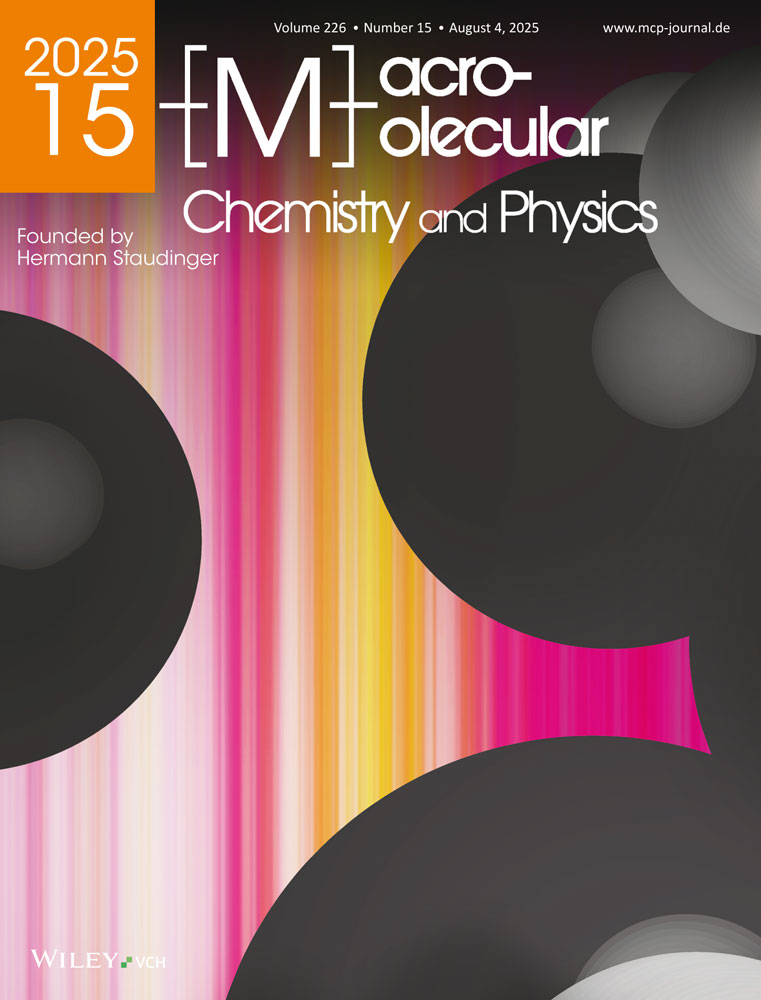The chemical shifts and the conformations of linear hydrocarbons
Abstract
enThe proton chemical shifts of some hydrocarbons (n-C9H20, n-C10H22, n-C11H24, and n-C22H46) were calculated assuming the extended chain with one gauche form and predominant contribution of the magnetic anisotropy effect of the C-C bonds along the chain. It is suggested that the high field peak of the two splitted methylene signals of n-C22H46 in α-chloronaphthalene (α-CINap) solution is assigned to the methylene protons next to the gauche bond in a planar zigzag chain, of which molecular motion is restrained strongly by α-CINap molecules and the second methylene group next to the terminal methyl group, whereas the low field peak is assigned to other methylene protons, the molecular motion of which is restrained weakly. A small peak at lower field than the two large peaks is assigned to the gauche methylene protons in a planar zigzag chain the molecular motion of which is restrained by α-CINap molecules.
Abstract
deDie chemischen Verschiebungen der Protonensignale einiger Kohlenwasserstoffe wurden berechnet (n-C9H20, n-C10H22, n-C11H24 und n-C22H46). Eine gestreckte Kette mit einer gauche-Konformation wird angenommen und vorzugsweise der magnetische Anisotropieeffekt über die C-C-Bindungen längs der Kette berücksichtigt. Es wird vorgeschlagen, den bei höherem Feld liegenden Peak des für eine Lösung von n-C22H46 in α-Chlornaphthalin (α-CINap) aufgespaltenen Methylensignals den Methylenprotonen zuzuordnen, die der gauche-Bindung in der planaren Zickzack-Kette benachbart sind und deren molekulare Beweglichkeit durch die α-CINap-Moleküle stark eingeschränkt ist. An der gleichen Stelle liegt das Signal der zweiten Methylengruppe, wenn man von der terminalen Methylgruppe aus zählt. Der bei niedrigerem Feld auftretende Peak des aufgespaltenen Signals entspricht den anderen Methylengruppen, deren Beweglichkeit nur wenig behindert ist. Ein kleiner Peak, der bei niedrigerem Feld als die beiden großen auftritt, wird den gauche-Methylenprotonen selbst zugeordnet, deren Beweglichkeit durch das α-CINap ebenfalls beschränkt ist.




